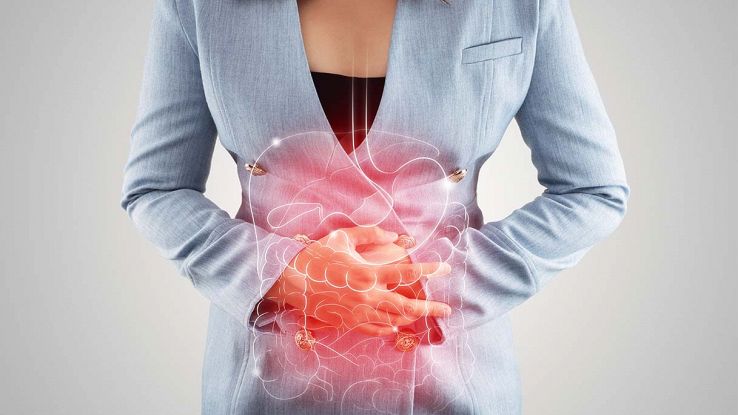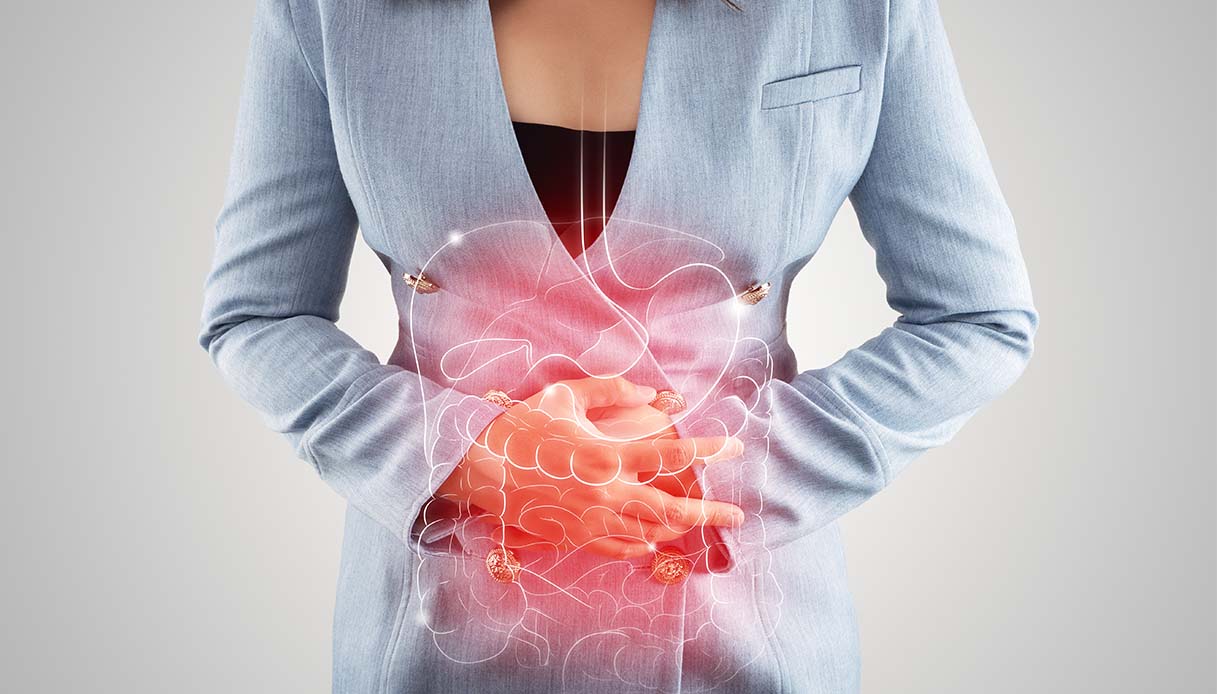Crohn’s disease is a chronic inflammation that can affect the intestine, but especially the final tract and colon. How to recognize it and how to cure it
By: VirgilioNotizie | Posted on: 04-06-2022 10:00
Crohn’s disease consists of one chronic inflammation of the intestine and in particular of the walls of this organ. It can affect the entire gastrointestinal tract, therefore from the mouth to the anus, although in most cases it affects the ileum, that is the last part of the small intestine, and the colon. The disease, whose name comes from the Burrill Bernard Crohn that it was the doctor who first described its symptoms and characteristics, is chronic, that is, it never completely heals: rather, it alternates phases of remission with others of exacerbation. Experts have known it since the early 1930s, but only recently have the available therapies increased. To explain to Virgilio News how to recognize it and how to intervene is the professor Luca Piretta, gastroenterologist at the Campus Bio-Medico University of Rome.
Because Crohn’s disease is not considered a rare disease
The disease in Crohn it affects between 400,000 and 600,000 people in North America, while in Italy it is estimated that about 150 thousand people suffer from inflammatory bowel disease, of which probably 30-40% is Crohn’s disease or Crohn’s disease (Crohn’s disease – CD). It is considered a rare disease, but above all very disabling.
Because? “In the meantime, it should be clarified that it is considered rare because it is not so widespreadbut it’s not rare either, so much so that there are also specific clinics within reference centers, which only deal with Crohn’s disease. An example is the structure inside the Umberto I hospital in Rome – explains Piretta a Virgilio News – It can be very disabling and it should be borne in mind that the range of symptoms is very varied: ranging from those with very few symptoms to those who need one or more surgical interventionswith the removal of entire intestinal sections “.
What are the symptoms
“The most characteristic and classic symptoms are episodes of abdominal pain e diarrhea repeated over time, alternating with periods of well-being, which correspond to phases of remission of the disease, followed by others of exacerbation. This is why we speak of chronic inflammatory disease, because in fact there is no definitive cure ”explains the gastroenterologist.
“Unfortunately Complications, such as intestinal obstruction, may arise over timewhich needs surgery. The problem is that even an operation may not cure the disease: sometimes removing the part of the intestine affected by severe inflammation or occlusion may not solve the problem or may even be dangerous in case of adhesions or fistulas. This is why we try to avoid, if there really is no alternative ”Piretta adds.
What are the causes: from genetics to environmental factors underlying intestinal disease
At the moment the specific causes are unknown of Crohn’s disease, although it is believed that there is a genetic predisposition, combined with environmental factors.
“The triggering reason is not known, although we now know that it is a sort of autoimmune disease given by excessive response of the immune system leading to chronic inflammation. What has also been seen from recent studies is that it is more frequent in more developed countries: someone has put it in relation to the greater consumption of ultraprocessed foods, but the causal link is not established. It has also been seen that when people who come from countries with a low frequency of the disease stabilize in others where the diet involves a lower consumption of unrefined and processed foods, the descendants within a couple of generations acquire the same risk. of the indigenous population, proving that the environmental factor is decisive ”explains Piretta.
Diagnosis: what tests to do to detect Crohn’s disease
Since the disease significantly affects patients’ personal, social and occupational quality of life, an early diagnosis becomes essential. Yet they are esteemed delays from 6 months to 5 years in the identification. “Generally we proceed with a general anamnesis of the patient’s and family’s condition, then specific tests can be prescribed, such as stool and blood tests, gastroscopy and endoscopy, etc. depending on the intestinal tract affected by the inflammation “, explains the expert.
The extra-intestinal manifestations: from skin to joint pain
Crohn’s disease can also be characterized by extra-intestinal inflammatory manifestations, that is, lesions in organs other than the intestine, such as skin, eyes and joints. Often, in fact, it not only manifests itself at the upper level of the intestinal wall, but can also extend deep under the mucosa, causing ulcers which can also reach other organs outside the intestine.
“They are also possible skin symptomsthen lesions on the skin, or articular such as back or neck pain, which fall within the typical clinical picture of the disease. But there can also be canker sores in the mouth, when the affected tract is precisely the upper and initial one of the digestive system – explains Piretta – or it can occur fever. In the phases of exacerbation, with chronic diarrhea, it can lead to malabsorption: since that part of the intestine does not work, nutrients are not absorbed and therefore you can suffer from weight loss”.
Therapies: how Crohn’s disease is treated
“As mentioned, healing from Crohn’s disease is not possible, while remission can be achieved. In this sense, there are therapies that serve precisely to maintain the remission of the disease as long as possible. It is mainly about targeted anti-inflammatoriesas the mesalazine, precisely for intestinal problems. If these aren’t enough, then let’s move on to cortisonewhich is a more powerful anti-inflammatory, to be used possibly in the acute phases, dosed in a harmonious way according to the intensity of the symptoms – explains the gastroenterologist – some time ago the cyclosporine, that is a immunosoppressoreprecisely for the purpose of limiting the immune system response when excessive, as well as the monoclonal antibodies, which have been in use for 20 years. But we are at a higher level of therapy for those to whom normal therapies do not respond ”.
For other health insights:

Photo source: 123RF
